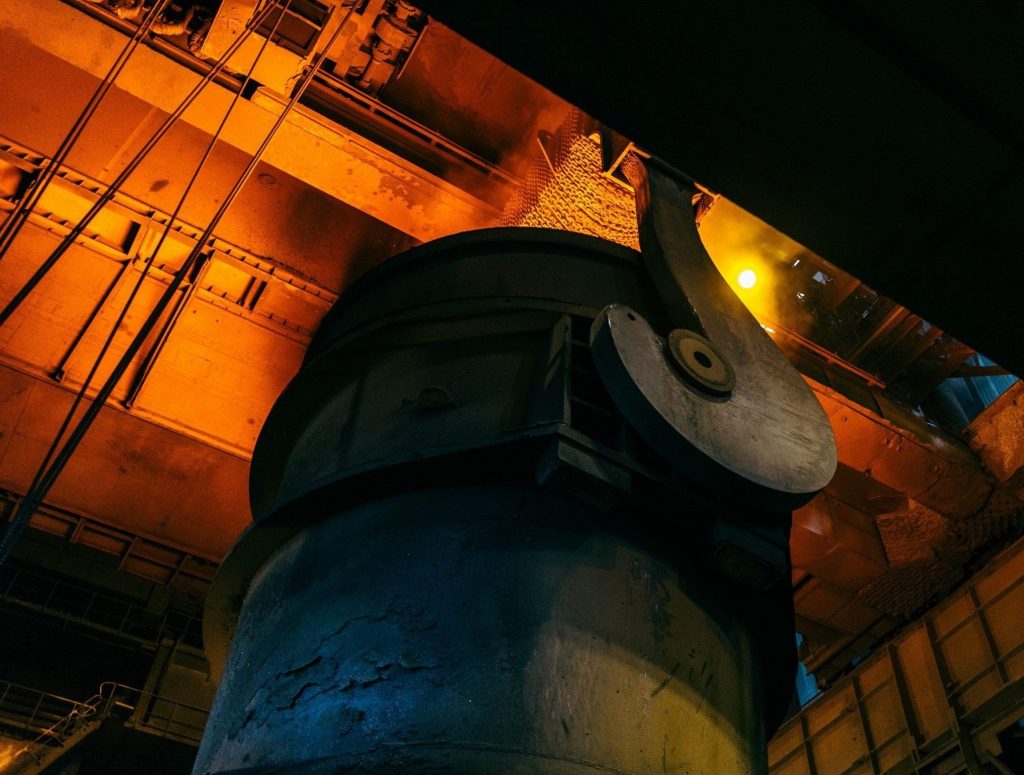Is all steel made equal?
As constructors find ways to deliver carbon neutral projects, seeking to use materials which are not only recyclable, but already recycled, is tempting – something which could be delivered using steel. However, a shift to solely recycled scrap steel is, as yet, unattainable as scrap supplies are unable to keep up with demand.
Luckily, all structural steel offers sustainability benefits, no matter the method used to produce it. Understanding the processes and benefits of the different steel manufacturing methods helps constructors to deliver on carbon reduction targets.
Understanding steel manufacturing methods boils down to two core processes : Steel can be produced with basic oxygen steelmaking (BOS) and electric arc furnace (EAF) production. Both deliver sustainability benefits, each using recycled steel and creating valuable by-products alongside steel which is highly durable and 100% recyclable. And each method has its own individual sustainability credentials.
All steel is made from iron ore – a compound of iron, coke (made from metallurgic coal) and small volumes of carbon and oxygen. To create the many different grades, including stainless, carbon and alloy, traces of other minerals are then added during the production process.
BOS steel
Virgin steel, known as ‘BOS steel’, is made through the basic oxygen steelmaking (BOS) process, creating around 70% of the world’s steel. This uses mainly raw materials, combining iron ore and coke with around 30% recycled steel in a blast furnace, creating up to 350 tonnes of steel in just 15 minutes. The process involves high-purity oxygen being blasted on to molten iron at high pressure to reduce the carbon content, giving strength, while scrap is added for temperature control.
BOS can be used to create all grades of steel for use in everything from construction to cutlery.
EAF steel
Electric arc furnace (EAF) production is used to repurpose scrap, as opposed to raw or virgin materials. Steel is created from 100% cold scrap as high-power electric arcs melt the scrap steel, creating up to 150 tonnes of steel in one ‘melt’. Scrap is placed into a furnace before electrodes emitting powerful electric currents generate enough heat to melt it.
EAF largely creates high quality, alloy and stainless grades but is also able to produce some special carbon or low-alloy grades. Like BOS steel, EAF can be used in all industries because recycled steel does not lose any of its properties.
Both production methods also create valuable by-products. Every tonne of virgin steel produced by BOS creates around 400kg of by-product, while EAF produced creates around 200kg – up to 80% of which is reusable. This includes blast furnace slag which can be used in road-making, as fertiliser or in cement manufacture, and gases which can be reused to generate electricity.
While each of these processes is energy intensive, EAF production uses less energy and no virgin resources, so appears the more environmentally friendly option. However, this production method cannot be used for all steel production until scrap supply is able to keep up with demand.
The increasing availability of scrap and moves to low- or zero-carbon steelmaking are set to improve these production processes’ overall environmental impact though. By constantly refining and improving the steel manufacturing process, increasingly using circular economy methods, the industry is moving closer to carbon-neutral steel.
Life-cycle assessment of steel
However, further refining the steel manufacturing process is just one step towards meeting carbon reduction targets.
In construction, to deliver on these it is vital to use lifecycle assessments (LCA), to find the embodied carbon, or whole-life carbon, of a materials through each stage of its production, use and end-of-life.
For structural steel, LCAs take into account carbon credentials during production, construction, use, end-of-life and beyond (through its recovery, reuse or recycling potential). Because steel is infinitely recyclable, its whole-life carbon is favourable for constructors. So while EAF-produced steel seems more environmentally friendly, BOS produced steel still contributes to net zero targets. This is because its whole-life carbon drops significantly thanks to its reusability and recyclability.
Understanding the different steel manufacturing methods and their sustainability credentials will help to inform on comprehensive LCAs for structural steel. From these, contractors and developers can demonstrate how steel, unlike many other construction materials, offers carbon savings, in addition to its other benefits for buildings.
Sign up to the Elland Steel newsletter.

